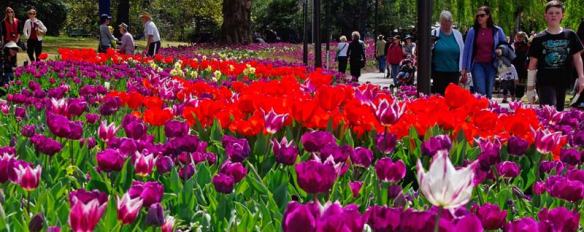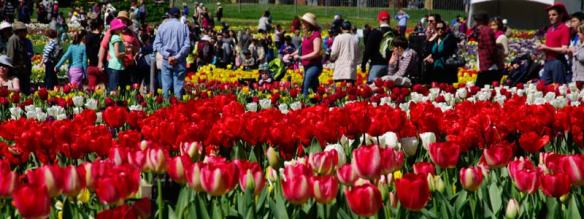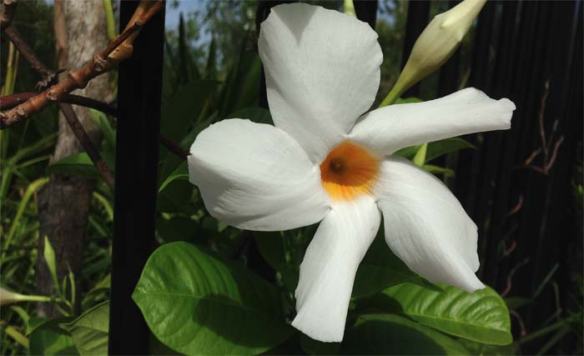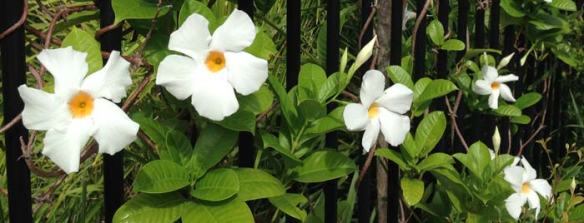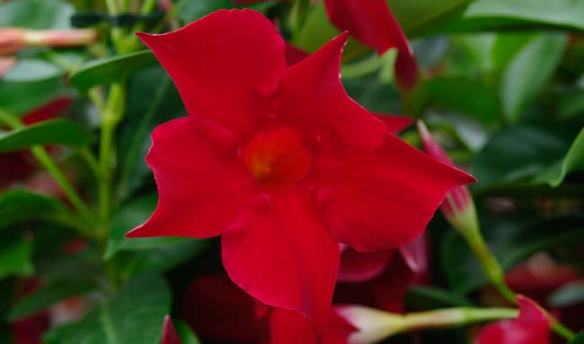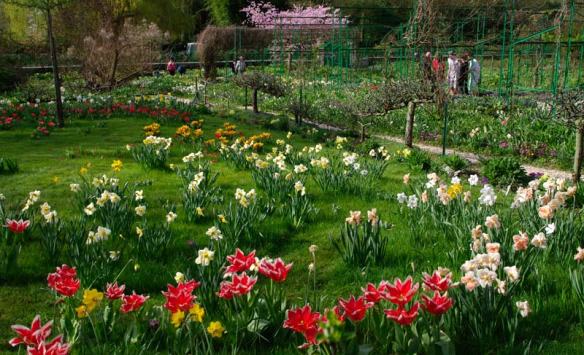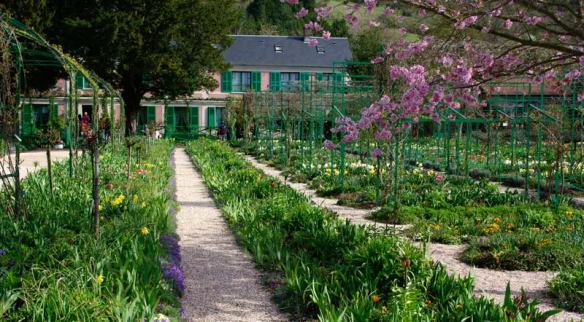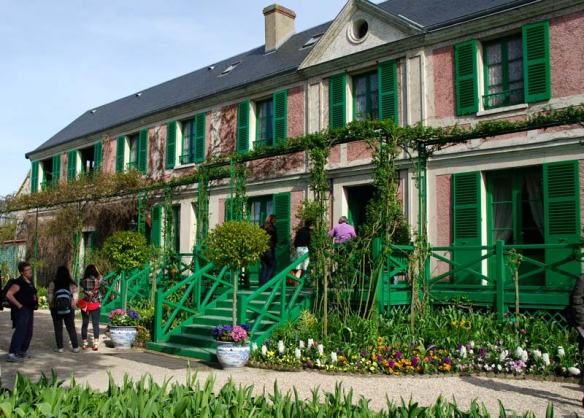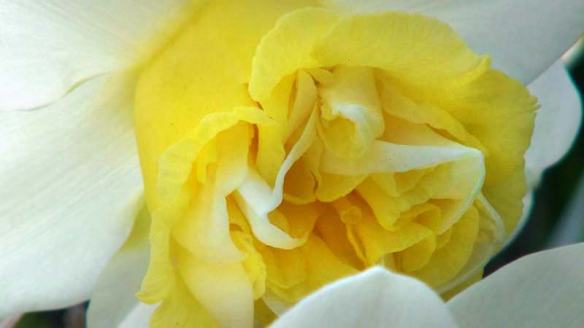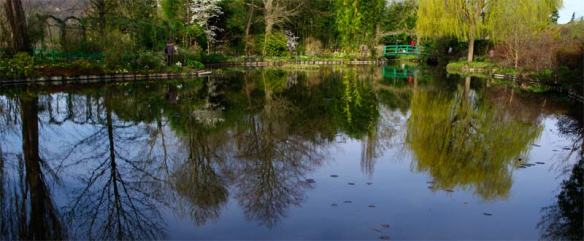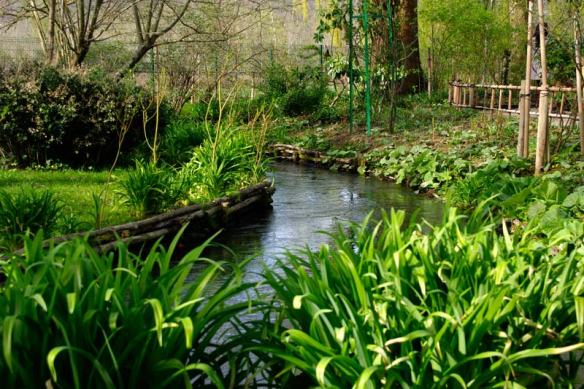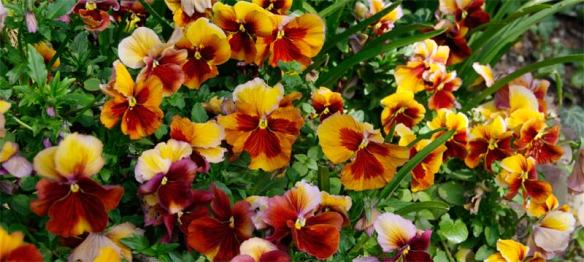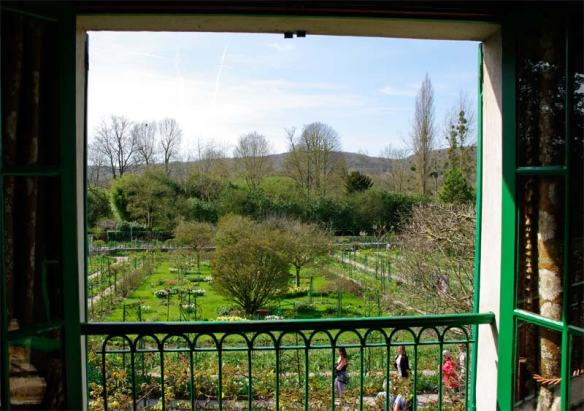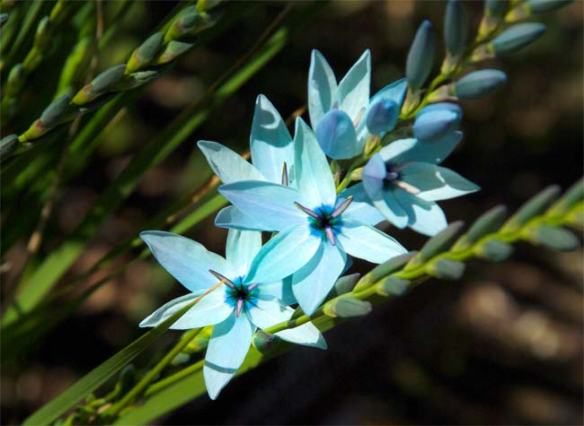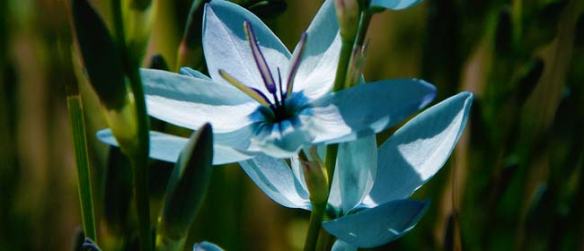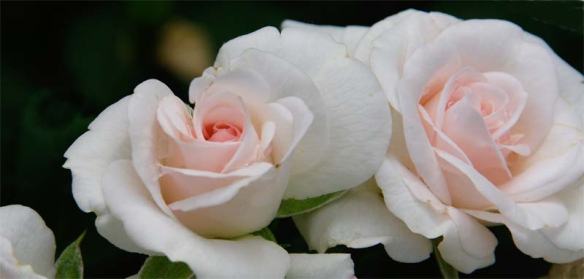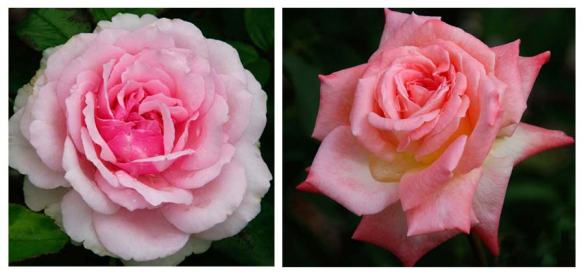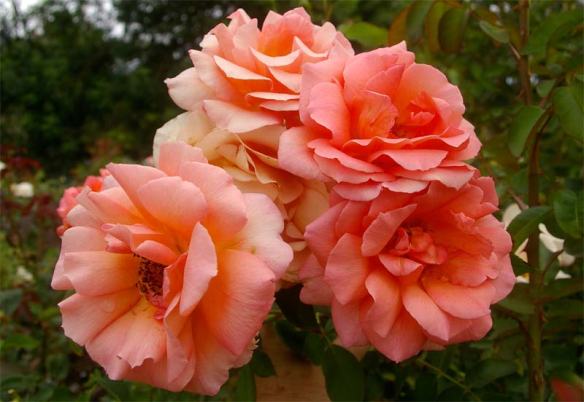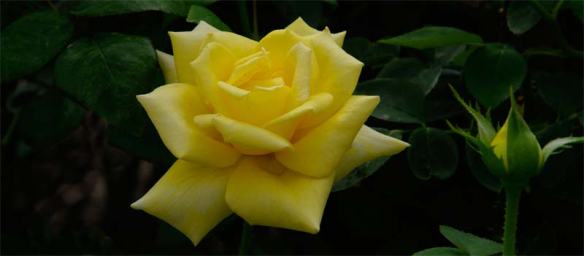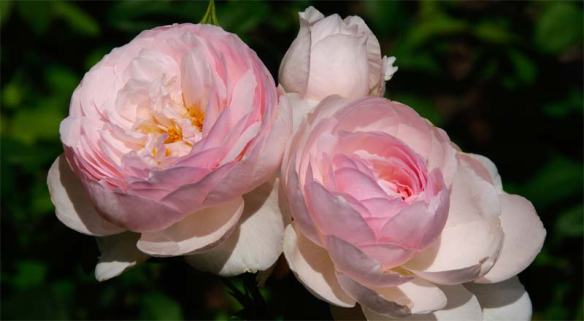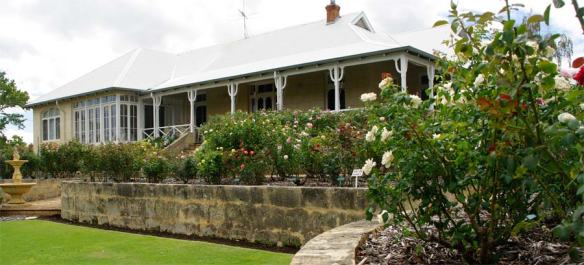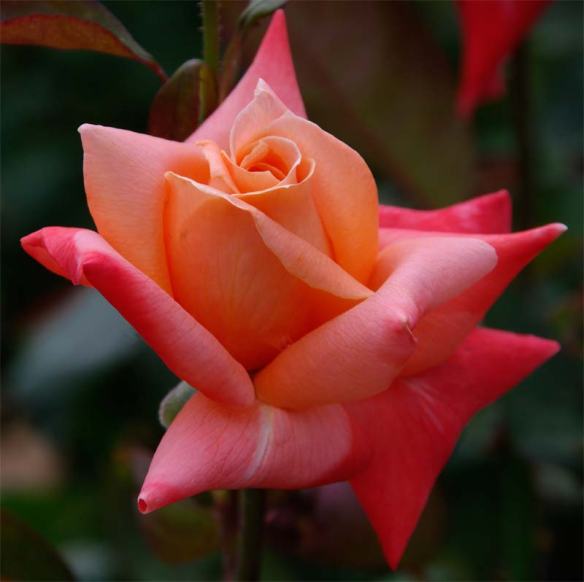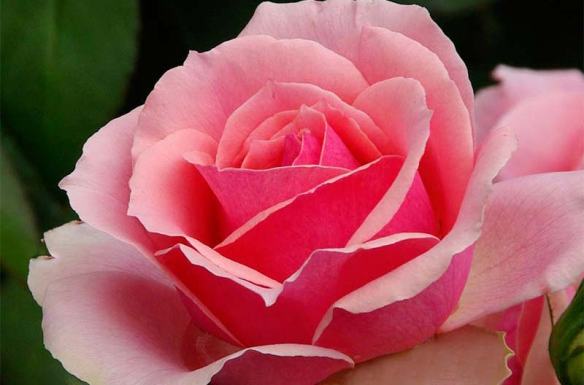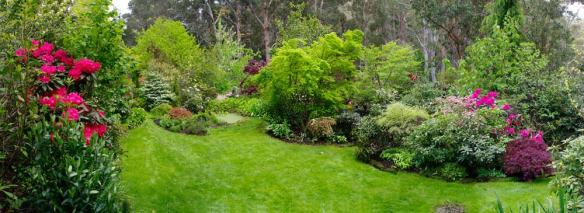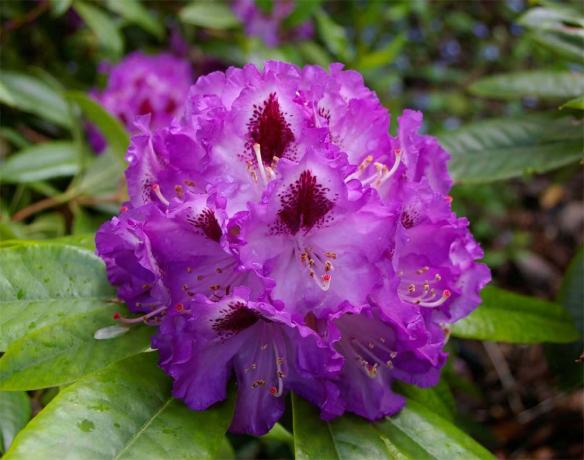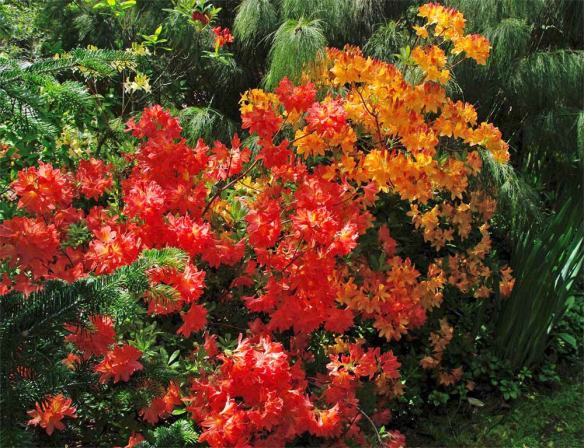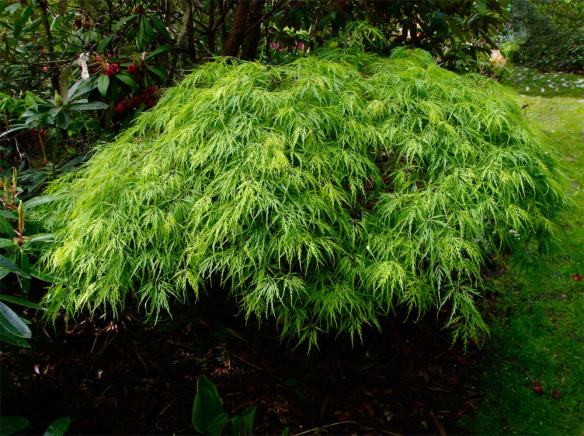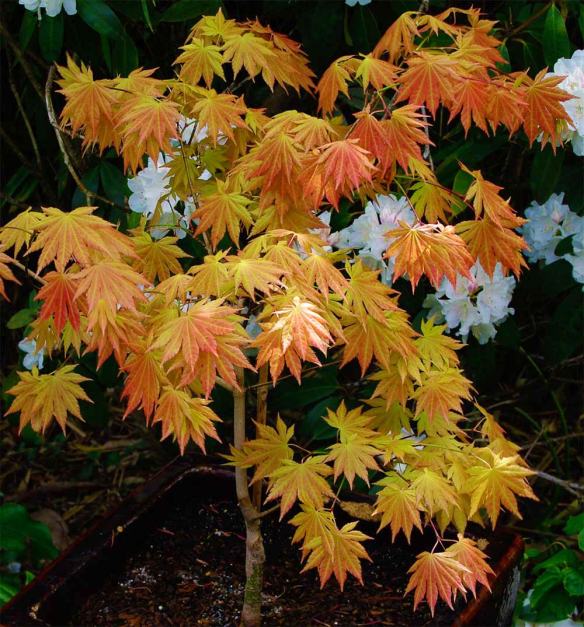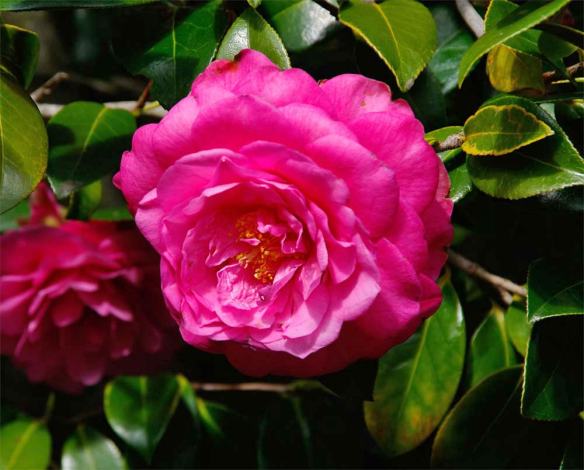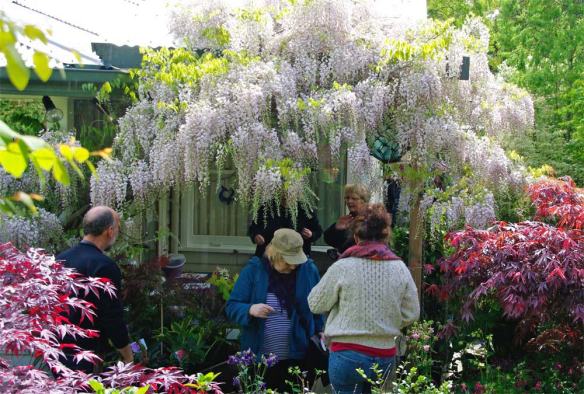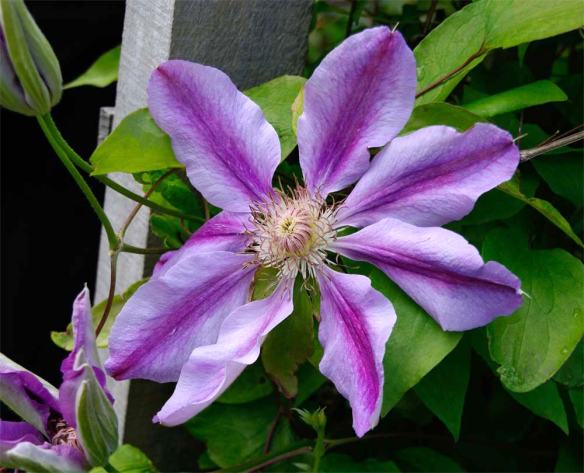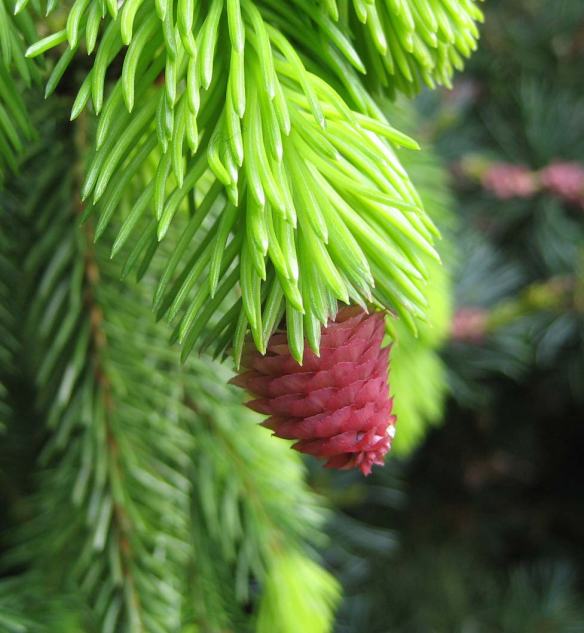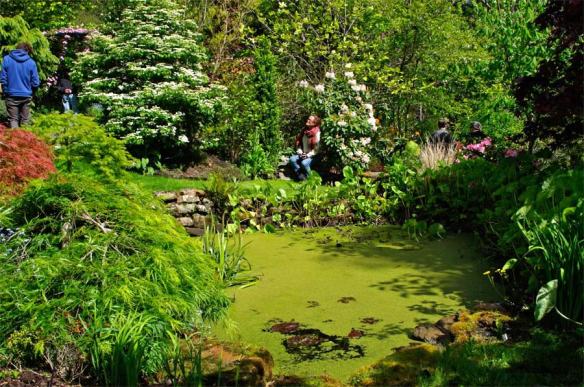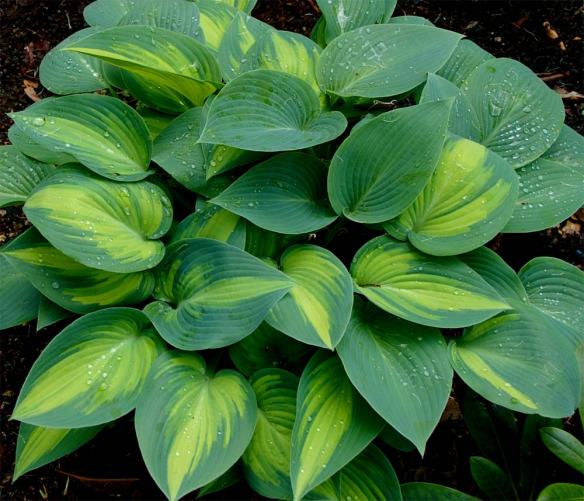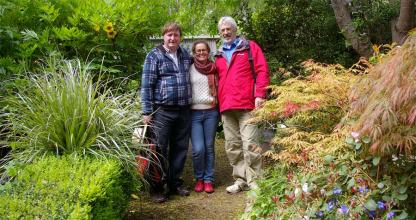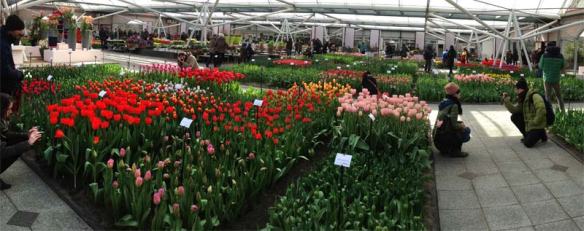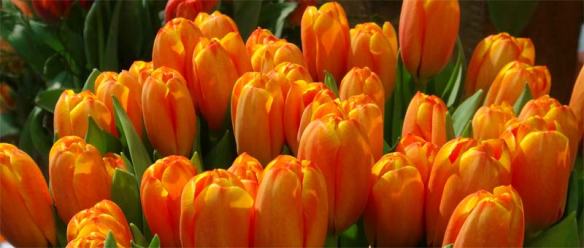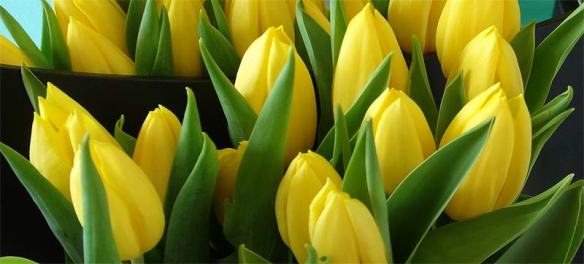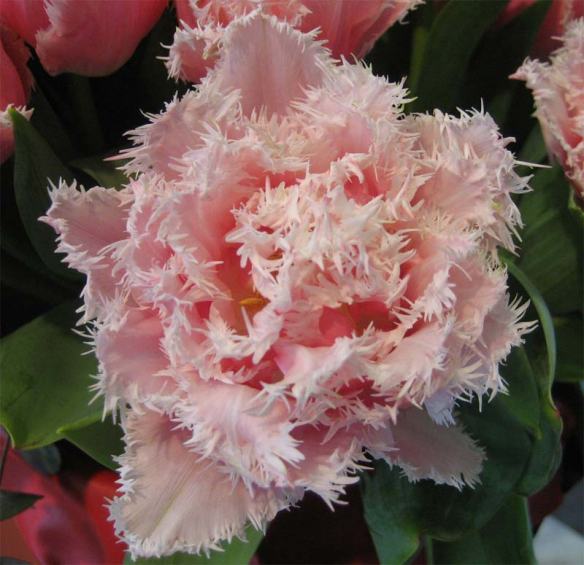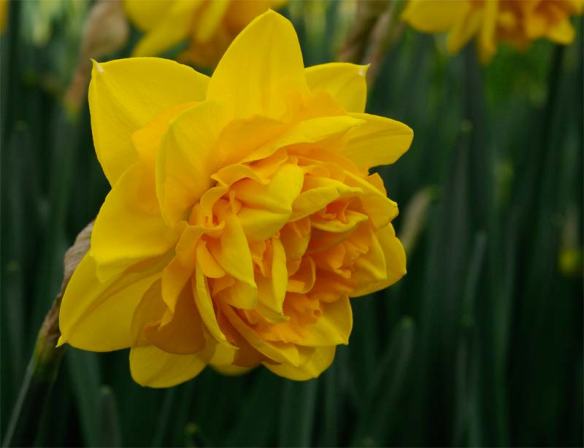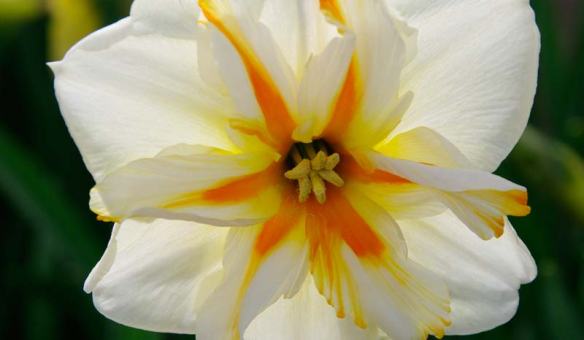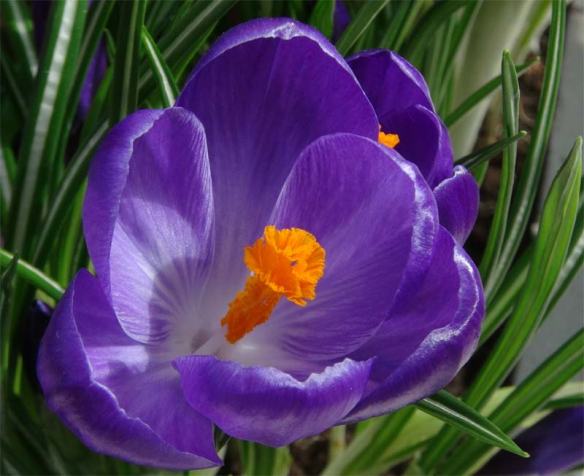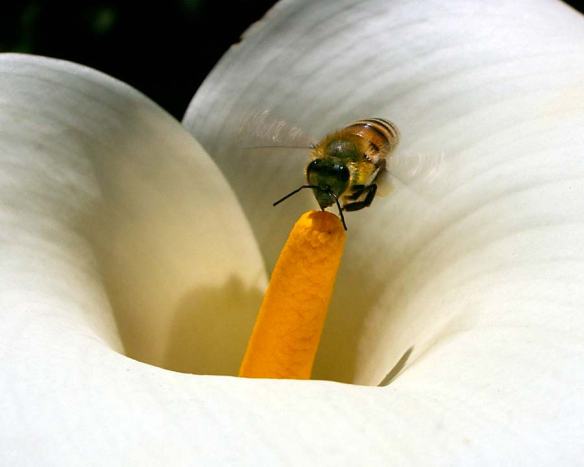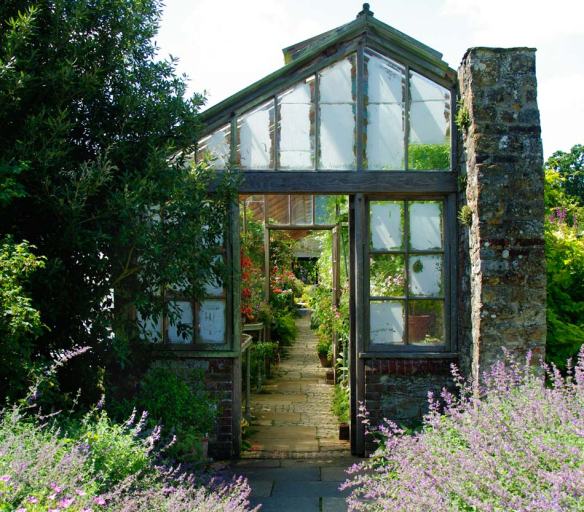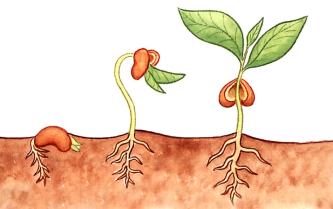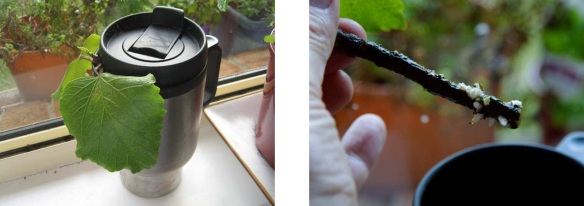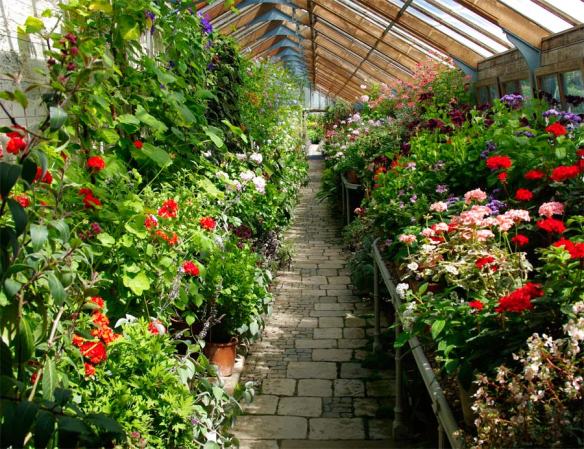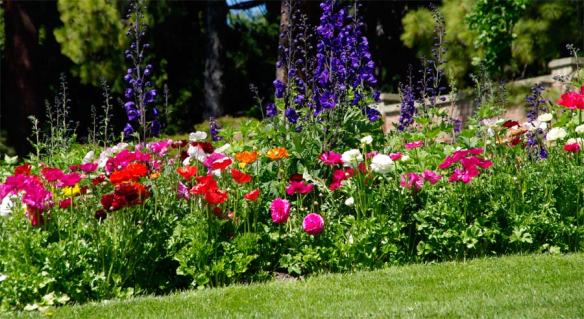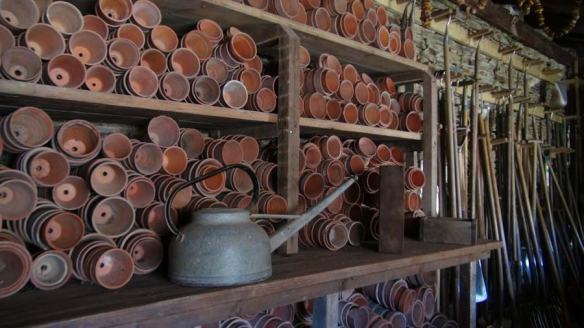Its heartening to realise that humans can’t deny the natural instinct to celebrate seasons. We’ve done it for millennia and still today we love to visit gardens resplendent in the full bloom of the season.
Canberra puts on the best springtime show in Australia, being blessed with a climate that has distinct seasonal changes and (for good bulb displays) has a cold enough winter to trigger vibrant blooms from daffodils, hyacinth and tulips.
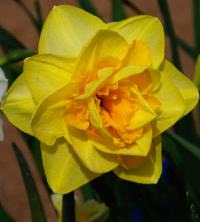 They also have a public park in an idyllic setting alongside Lake Burley Griffin where the municipal gardeners have created huge display beds that erupt in a riot of colour in mid September.
They also have a public park in an idyllic setting alongside Lake Burley Griffin where the municipal gardeners have created huge display beds that erupt in a riot of colour in mid September.
With over 300,000 visitors every year from Australia and overseas the organisers also have to ensure there’s plenty to amuse the kids as well as provide a tempting variety of food outlets and musical entertainment to serenade the garden guests.
 Street entertainers, wandering musicians and old fashioned pipe organs help generate an atmosphere of the traditional country fair and a large stage also provides a platform for a variety of entertainers, both amateur and professional.
Street entertainers, wandering musicians and old fashioned pipe organs help generate an atmosphere of the traditional country fair and a large stage also provides a platform for a variety of entertainers, both amateur and professional.
But it is the massed displays of intense colour that are the prime attraction with over a million plants arranged into artful patterns on an awe-inspiring scale.
Most regular domestic garden borders feature relatively sparse layouts but as the originators learned from the Dutch at Keukenhof, you’ve got to cram them in tight and in huge quantities to make a world class attraction.

 My only gripe with the displays (and it does seem a bit ‘cranky’ to criticise after all the hard work involved) is that the patterns created are just not possible to appreciate unless you hover over the beds in a helicopter.
My only gripe with the displays (and it does seem a bit ‘cranky’ to criticise after all the hard work involved) is that the patterns created are just not possible to appreciate unless you hover over the beds in a helicopter.
Making intricate patterns from Pansies, Daisies and Tulips that cannot be observed from street level does seem a bit daft. Though if you take a ride in the Ferris Wheel you can at least see the display of a map of the world that is situated directly in front of it.
Essentially though, Floriade (which comes from the latin Floriat – meaning ‘to design with flowers’) is a triumph of horticultural skill and love of nature at its most flambouyant.
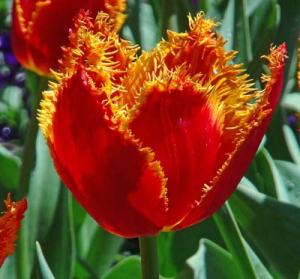 Established in 1988 Floriade is the largest tourist event in the Capital’s calender.
Established in 1988 Floriade is the largest tourist event in the Capital’s calender.
Hotel rooms are at a premium, but Canberra is blessed with plenty of accomodation so there’s no excuse, you’ve just gotta make the trip.
Entry is free during the day and it’s impossible to not have a good time.
At night there’s a $25 entry fee but there’s plenty to entertain at ‘NightFest’ with ‘Son et Lumier’ shows, cafes, bars and a packed schedule of top class DJs and entertainers on the main stage. And for the Social Media addict there’s free WiFi too !
I’ve been meaning to go for years – I’m so glad I finally made the effort.
